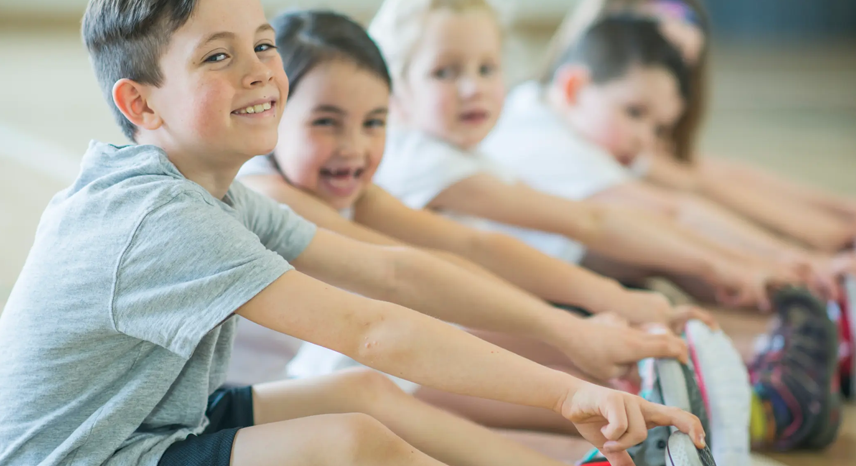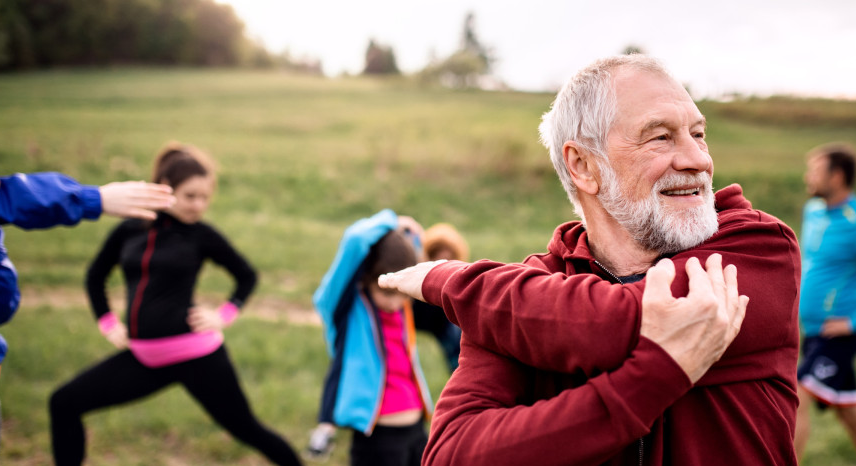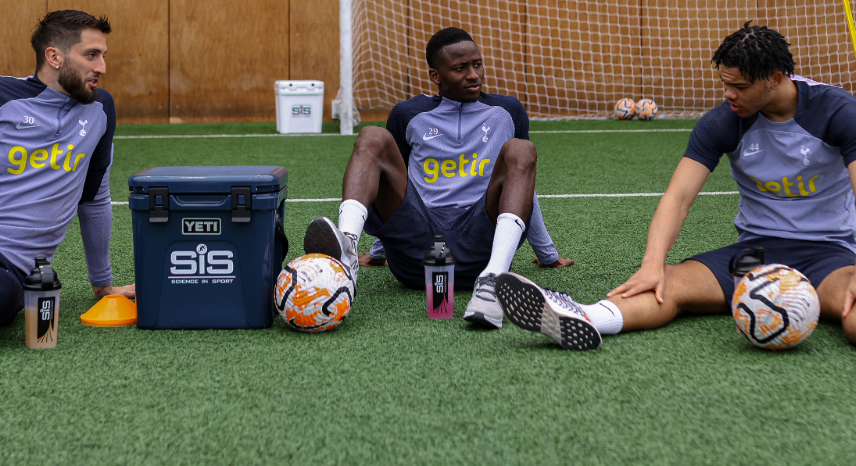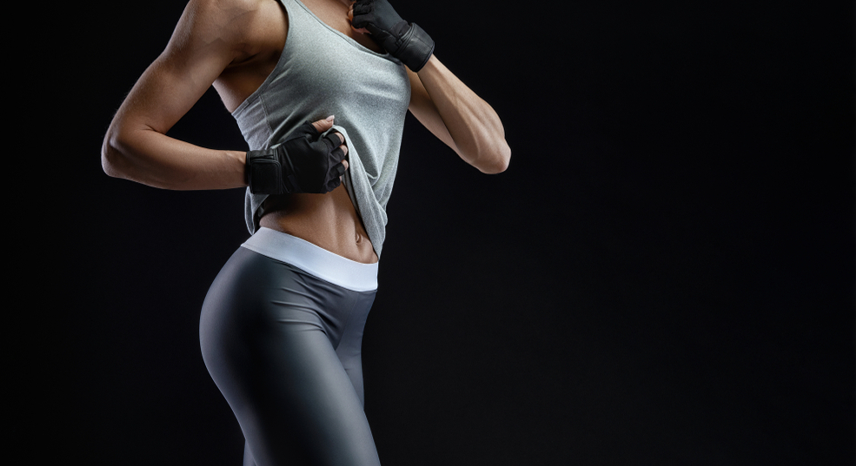Best Post-Workout Recovery Tools for Faster Results
Time 6 min(s) read
After a hard workout, your body needs time to rest and heal. Your muscles might feel sore or tight, and that is completely normal.
After a hard workout, your body needs time to rest and heal. Your muscles might feel sore or tight, and that is completely normal. However, how you recover plays a big role in how fast you bounce back and how strong you become. Recovery is not just about lying down or taking a break; it is about giving your body the right support so it can repair, grow, and get ready for the next workout. That is why using recovery tools is so helpful. These tools are designed to reduce soreness, improve blood flow, and relax tired muscles. Whether you go to the gym, exercise at home, or enjoy outdoor runs, having a few good recovery tools can make a big difference. They are easy to use and can help you feel better faster. In this blog, we will discuss some of the best post-workout recovery tools you should consider using. They are simple, effective, and perfect for anyone looking to stay strong and active.
1. Foam Rollers to Release Muscle Tension
Foam rolling is a simple yet powerful technique known as self-myofascial release. It involves applying pressure to specific areas of your body using a firm foam cylinder. This helps break up knots and loosen stiff muscles that often form after intense workouts. Foam rollers work well for both warm-up and cool-down routines. Rolling slowly over targeted muscle groups encourages your body to heal faster while relieving tension and discomfort. It is easy to do at home and takes just a few minutes to feel the difference.
Benefits
1) Improves blood flow and circulation.
2) Reduces muscle soreness and tightness.
3) Enhances flexibility and mobility.
4) It helps prevent injuries caused by muscle imbalances.
5) Supports faster recovery between sessions.
2. Massage Balls for Pinpoint Pressure Relief
Sometimes, foam rollers cannot reach certain small or deep muscle knots. That is where massage balls come in. These tools apply focused pressure to specific areas like the back, shoulders, hips, and feet, making them perfect for tight spots that need extra attention.
Benefits
1) Targets hard-to-reach trigger points.
2) Releases built-up tension in small muscle areas.
3) Improves overall muscle relaxation.
4) Boosts recovery by enhancing blood flow.
5) Fits easily into any gym or travel bag.
3. Stretching Straps to Improve Flexibility
Stretching after exercise helps your muscles relax and return to their normal length. But sometimes, your hands can't reach certain positions, which is when stretching straps become useful. These long, adjustable tools assist in deepening stretches without risking strain.
Benefits
1) Assists with static and dynamic stretches.
2) Increases range of motion gradually.
3) Prevents muscle tightness and cramps.
4) Reduces recovery time after exercise.
5) Ideal for beginners and experienced athletes alike.
4. Cold Therapy Tools to Reduce Inflammation
After an intense workout, your muscles may feel hot, swollen, or inflamed. Cold therapy helps manage this by narrowing blood vessels and slowing down tissue metabolic rate. Cold tools can be extremely effective through ice packs, cold wraps, or full-body exposure. Cold therapy is especially useful after endurance sessions like long runs or heavy lifting. It provides a cooling sensation that calms the body and mind.
Benefits
1) Decreases post-workout swelling and discomfort.
2) Numb sore spots to reduce pain.
3) Promotes faster recovery by calming inflammation.
4) Reduces risk of overuse injuries.
5) Encourages quicker return to activity.
5. Compression Gear to Support Circulation
Compression gear helps maintain consistent pressure on muscles during recovery. These garments, such as sleeves, socks, or leggings, are designed to boost blood flow, reduce swelling, and keep muscles warm post-exercise. Wearing compression gear after a workout helps your body eliminate waste products like lactic acid more efficiently. It is also great for recovery while traveling or resting.
Benefits
1) Enhances circulation and oxygen delivery.
2) Minimizes muscle soreness and fatigue.
3) Supports joint stability and muscle alignment.
4) Promotes quicker muscle recovery.
5) Comfortable enough to wear for hours.
6. Percussion Devices for Deep Muscle Relief
Percussion tools use fast, pulsing movements to dig deep into muscle tissue. These hand-held tools target soreness and stiffness with quick pressure bursts, making them a favorite for athletes and gym enthusiasts. While they require batteries or power, they deliver strong results for larger muscle groups like quads, glutes, and back muscles. A short session can do wonders for stiff legs or shoulders.
Benefits
1) Relieves knots and deep muscle tension.
2) It improves flexibility by loosening tight areas.
3) Boosts circulation and speeds up healing.
4) Useful for warm-ups and post-workout cool-downs.
5) Reduces the risk of injury during training.
7. Elevation and Relaxation Tools for Recovery
After your workout, your body needs time to slow down. Elevation tools like leg wedges or elevation pillows help reduce swelling and drain fluids from tired limbs. Paired with calming tools like breathing aids or weighted blankets, they support full-body recovery. These tools do not involve much effort but make a big impact. Just lying down with your legs elevated for 15–20 minutes can do more than you think.
Benefits
1) Encourages fluid drainage from legs and feet.
2) Reduces muscle fatigue and pressure on joints.
3) Promotes a restful recovery state.
4) Helps lower heart rate and stress after workouts.
5) Great for mental and physical relaxation.
8. Resistance Bands for Light Recovery Exercises
While recovery often means rest, light movement also helps your body bounce back. Resistance bands are great for low-impact exercises that improve strength, flexibility, and blood circulation during recovery days. Using resistance bands after a workout helps you stay mobile while giving your body a break from intense routines.
Benefits
1) Enables gentle, controlled movement.
2) Prevents muscle stiffness and loss of mobility.
3) Supports active recovery on rest days.
4) Boosts joint and tendon health.
5) Lightweight and easy to use anywhere.
To conclude, your post-workout recovery routine matters as much as the workout. Taking the time to support your body after exercise helps you feel better faster and plays a major role in long-term success. You can reduce muscle soreness, speed healing, and prevent injuries with the right tools. From foam rollers and massage balls to stretching straps and compression wear, each tool serves a specific purpose in helping you get back on your feet stronger and more refreshed. Recovery is not one-size-fits-all. What works for one person might not work for another, so listening to your body and choosing the tools that align with your needs is important. The key is consistency. Integrate these recovery tools into your fitness routine, and you will notice real results over time. By prioritizing recovery, you are investing in better performance, greater endurance, and a healthier lifestyle. So, next time you finish a tough session, remember that recovery is where the magic happens. Let your body rest, recover, and rise again.



